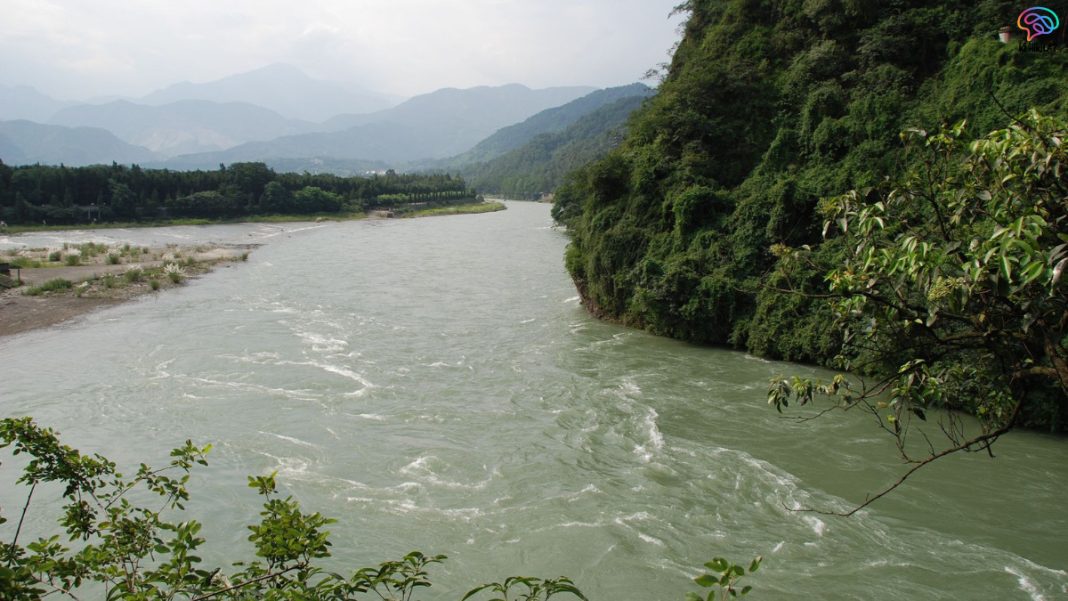Kalai-II Hydroelectric Project in Arunachal Pradesh is moving forward with recent public hearings for environmental clearance. The 1,200 MW run-of-river project on the Lohit River in Anjaw district is being developed by THDC India Limited. It is seen as a crucial step in advancing sustainable energy and promoting regional growth in the Northeast, a region with vast hydro potential.
Project Overview
Kalai-II is designed as a run-of-river hydropower project with pondage, ensuring power generation while minimizing ecological disruptions. The infrastructure includes a concrete gravity dam, coffer dams, diversion and intake tunnels, pressure shafts, an underground powerhouse, surge chamber, and a tail race tunnel.

The reservoir capacity will be around 318.8 million cubic metres, supported by a gross head of 125 metres. To harness this energy, six turbines rated at 190 MW each will be installed, adding up to a combined capacity of 1,200 MW. This makes Kalai-II one of the most significant hydroelectric projects in the Northeast.
Economic and Employment Impact
The Kalai-II Hydroelectric Project requires an investment of nearly Rs 14,000 crore. Once commissioned, it is expected to generate free power worth Rs 318 crore annually. In addition, the project will contribute Rs 2.2 crore every year to the Local Area Development Fund (LADF), benefitting nearby communities directly.
Employment generation is one of the key benefits of the project. Approximately 1,700 direct jobs will be created, with half reserved for families impacted by land acquisition. Indirect employment through allied services, infrastructure development, and local businesses will further boost livelihoods. The project is also expected to encourage self-employment and entrepreneurship among local youth.
Environmental Clearance Process
The Arunachal Pradesh State Pollution Control Board (APSPCB) recently held a public hearing to evaluate the project’s environmental impact. More than 350 project-affected people from 33 villages participated in the meeting. Officials from THDC India Limited and its consultant WAPCOS Ltd presented detailed studies on potential environmental concerns and proposed mitigation measures.
Key issues raised during the discussions included compensation for acquired land, employment guarantees, and local development commitments. The district administration assured participants that their feedback would be formally recorded and addressed during the clearance process.
Strategic Importance
The Kalai-II Hydroelectric Project is one of 13 long-pending hydro projects in Arunachal Pradesh that have been revived through new agreements with central public sector undertakings. The project holds both regional and national importance.
For the Northeast, it promises significant improvements in infrastructure such as roads, healthcare, and education facilities. For India, Kalai-II strengthens the renewable energy portfolio while reducing dependence on fossil fuels. With growing energy demands nationwide, such projects are critical for ensuring energy security and achieving the government’s clean energy targets.
Contribution to Sustainable Development
The Kalai-II project represents a balance between economic growth and environmental responsibility. Hydroelectric power is one of the cleanest renewable energy sources, producing no direct greenhouse gas emissions. By generating 1,200 MW of electricity, Kalai-II will contribute substantially to India’s target of reaching 500 GW of renewable capacity by 2030.
The Local Area Development Fund will ensure that affected communities benefit from better social infrastructure. Investments in schools, healthcare, and connectivity are expected to uplift living standards in remote villages of Anjaw district.
Challenges Ahead

Despite its promise, the Kalai-II Hydroelectric Project faces challenges. Ensuring adequate compensation, protecting biodiversity, and maintaining the fragile Himalayan ecosystem are key concerns. Projects of this scale often attract environmental scrutiny, and balancing development with conservation will remain central to its success.
Conclusion
The Kalai-II Hydroelectric Project is more than just an energy venture—it is a driver of regional development and a symbol of India’s commitment to renewable energy. By addressing local concerns, creating employment, and aligning with national clean energy goals, it holds the potential to transform both Arunachal Pradesh and the country’s renewable energy landscape.




